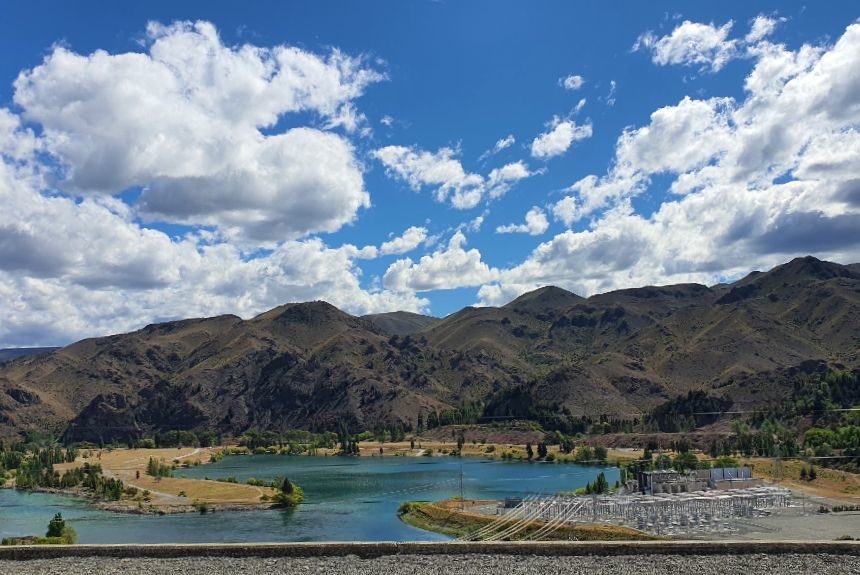The term ‘sustainability’ has become synonymous with renewable energy, environmentally safe practices, and a transition to a low-carbon economy to fight climate change. But what does a sustainable world look like, and what are its economic and social implications?
Stuff interviewed Prof Susan Krumdieck, a mechanical engineer at the University of Canterbury for 20 years, and on her way to run an energy transition project in Scotland’s Orkney Island.
In the article, Krumdieck shares her thoughts on the transition to clean and renewable energy and its economic implications in the New Zealand context. Nevertheless, some information can also be relevant to countries or cities planning a zero-carbon and green energy transition.
New Zealand vows to be carbon neutral by 2040 and 100 per cent renewable electricity by 2035. Government legislation and policies already reflect these plans.
For the country to reach these goals, industries and businesses would reduce fossil fuel consumption by 80% and swap it with green power. However, Prof Krumdieck doubts green energy’s efficacy – it cannot deliver the energy capacity or abundance of fossil fuels.
With an 80% reduction in fossil fuel, the government should have a plan for a “general energy downshift” equivalent to a 1950’s level of energy consumption, according to Krumdiek.
She explains her arguments in the book she published, “Transition Engineering: Building a Sustainable Future” – a manual on how to rethink the economics of energy use. Engineers use the term Energy Returned on Investment (EROI) to calculate the “usable energy left after the effort of creating it and delivering it.”
Coal and oil were the standards, a very dense carbon source that, when burned, releases a lot of heat. It has the highest energy return (EROI) of 30 to 50 from all its energy inputs combined from prospecting, refining, and up to the distribution stage. It made sense that fossil fuels drove the Industrial Revolution and the oil boom in the 1950s. For 200 years, humans had a fuel frenzy, having the freedom to drill all the fuel they needed.
The consequence of unmitigated fossil fuel burning is climate change.
But the easy-to-extract oil is getting depleted, and petroleum companies are setting their eyes on the “unconventional extraction methods” like deep-sea drilling, fracking of shale deposits, etc., which is more expensive to do and can drive down EROI between 4 and 5. As fossil fuels are getting hard to find, the article says that the extraction cost will soon be hard to justify.
Going back to green technology and its EROI, Krumdieck says hydroelectric power can match the EROI of coal and oil in New Zealand. It provides 60% of the country’s power. Geothermal energy is at 10-20, so New Zealand is adding more geothermal capacity. Wind energy has an EROI of 10-30 in ideal places like Denmark with flat topography, where the wind is coming from one direction, but it would not be accurate in NZ, according to Krumdieck.
Solar power would be best suited in places with abundant sunlight, like Australia and California.
But should Kiwis choose to use solar panels made in China, they should consider the amount of coal used to manufacture them, Krumdiek adds.
The Ministry of Business, Innovation and Employment (MBIE) supports the production and use of hydrogen to power trucks and farm equipment. Still, according to Krumdieck, it does not have a usable EROI because hydrogen requires more energy than the power it generates.
Krumdiek points out that what needs to happen is a “flip the thinking, face reality, and accept a downshift philosophy.” Ultimately, fossil fuels will all be gone, and we should consider alternative power sources. She says that everything we see around us – the infrastructure, houses, cars, and buildings we see now was built and designed on the back of cheap and abundant fossil fuel.
According to Krumdieck, sustainability is a “reinvention of every day like where life runs just as well on walking, e-bikes, locally built delivery “golf carts,” and public transport—investing in the national electrified rail network and a return to trains and trams. Living in smaller and energy-efficient houses and consuming far less electricity.
Actions and choices should not be motivated because they “appeal to the base” or for “marketing” purposes, but what will work when fossil fuels have dwindled?
“Don’t fall for the hype surrounding green technology. Start accepting the coming energy constraints and building them into the national future. It is time to take the future of post-fossil fuel seriously. And learning how to make do with less – returning to a 1950s scale energy budget – is how any engineer should think if asked to write the long-term sustainability roadmap for New Zealand.” Krumdieck says.
Source
McCrone, J. (2020, November 14). ‘Sustainability is wishful thinking’: get ready for the energy downshift. Stuff. Retrieved from https://www.stuff.co.nz/environment/climate-news/122689734/sustainability-is-wishful-thinking-get-ready-for-the-energy-downshift



Leave a Reply